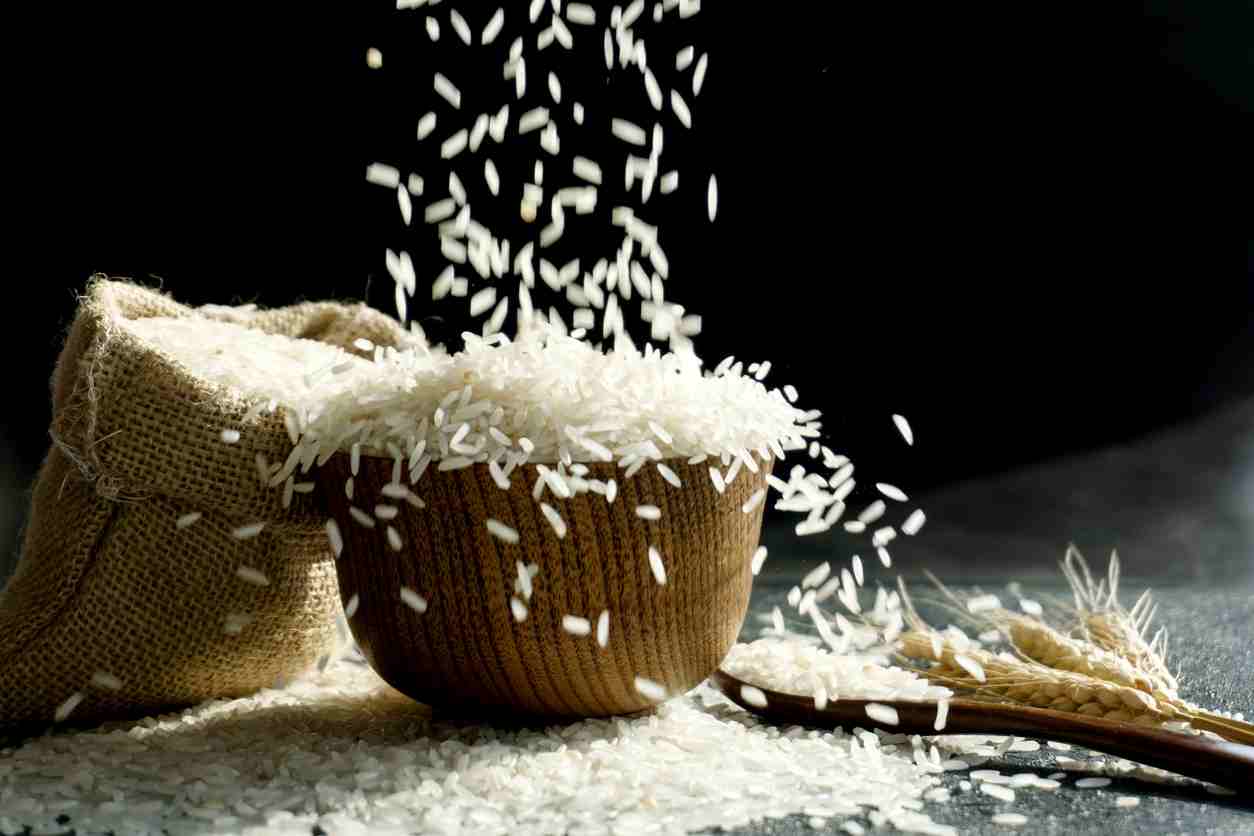Table of Contents
- Covid-19 Pandemic:
- Exports Ratio Of Indian Basmati Rice:
- Risks In The Rice Sector:
- Indian Basmati Rice Production After Covid-19:
- Exports Records Of Indian Basmati Rice:
- Concluding Thoughts:
Basmati rice is a very nutritious meal. Throughout the years, it is exported to many countries by the rice exporters of India. Exports records are gradually increasing day by day. But what is the export ratio of Indian basmati rice after Covid-19?
We all are aware of the pandemic situation of Coronavirus. Due to this, many people have suffered. Almost everything has been affected in this time, whether it is a rich businessman or a poor survivor.
Covid-19 Pandemic:
Covid 19 is a dangerous virus that originated from Wuhan, China. Eventually, it spreaded throughout the world and emerged into a pandemic. It affected various countries to a larger extent.
A pandemic accounts for greater significance in the economy. There are numerous deaths across the globe due to this. The covid 19 situation disrupts supply and demand that directly impacts the food chain.
Exports Ratio Of Indian Basmati Rice:
According to the Basmati rice exporters of India, the rice orders are dwindling because of rising in freight charges. Initially, the records were reduced to a large extent.
By that time, the year 2021 has recorded exports of about 4.63 million tonnes. And, these records are high in comparison to the previous year.
The situation in the initial days was heartbreaking. People are fighting every day for their survival and livelihood. The economy of India is also shakeable. The spreading cases of Covid impacted the exports of Indian basmati rice largely.
However, this is important because basmati rice exports contribute to national income a lot more. In addition, this grain is always the best and cherishable meal across the globe.
Risks In The Rice Sector:
There is a report that outlines the three main risks that have been facing by the people in the rice sector. Risks named as below:
- Container Shortage
- Scanty Rains
- Low MSP Coverage
The exports and disputes with customers were affecting the container storage. As per the records, about 30000 containers lie at the ports only. Rice exports were hitted hard from the covid situation.
Unpredictable rainfalls affect rice cultivation at most. As the exports have grown every year, so has the rice production. Thus, farmers have planted large areas for rice cultivation. Although, IMD (Indian Meteorological department) forecasted normal rainfalls in the year 2021.
In paddy households which sold their produced grain to APMC, reflected insufficient MSP. This reduced from 17 percent in 2013 to 2.7 percent in 2019. All this happened because of less intervention and participation of private traders and unawareness.
Indian Basmati Rice Production After Covid-19:
Effects of Covid-19 pandemic led the rice exporters to restrict trade. In addition, several basmati rice exporting countries implemented new policies in order to ensure adequate supply.
The situation resulted in an uncertain crisis along with restrictions on transportations and other movements. These disruptions affected the food supply. In rice production, the unfortunate rainfalls have a major part.
The decrease in production results in less supply which automatically raises the prices.
A survey reported that many migrants have returned to their homes during the lockdown. The rice production impacted to a larger extent due to less manpower and uncertain rainfalls. A good crop and to strengthen agriculture, one must focus on sustainability.
Exports Records Of Indian Basmati Rice:
According to the reports, Indian rice exports spiked from 33 percent in the first seven months of 2021. Non-basmati rice exports rose largely, almost doubling from the previous year.
Many countries began stockpiling the food. While India is the country that continues to supply rice and other food to the global market. In the pandemic situation, Indian exporters ensure food delivery and security in many countries.
The total exports in this latest year accounts around $8.8 billion in 2021. In comparison to the last year, the value increased almost 60 percent.
These records indicate the value and importance of Indian basmati rice and non-basmati rice. It is very popular among the global market, mainly for its better taste and effective cost.
The major aiming countries for exports are: Saudi Arabia, Iran, United Arab Emirates, USA, Iraq etc. Adding to this, there are new countries that are included in the importers list.
Concluding Thoughts:
Though the pandemic situation led the countries towards crisis. Especially it impacts the developing countries and India is one of them. This Covid-19 affected everything, from tiny to large, from domestic supplies to global supplies.
The rice production is impacted due to unpredicted rainfalls and lack of strategies. Following that, the exports of Basmati rice also faced a lot of disruptions.
As the pandemic and covid cases continue to increase, the state must focus on safety. Along with social safety rules, there must be short or medium term strategies in order to ensure food security.
